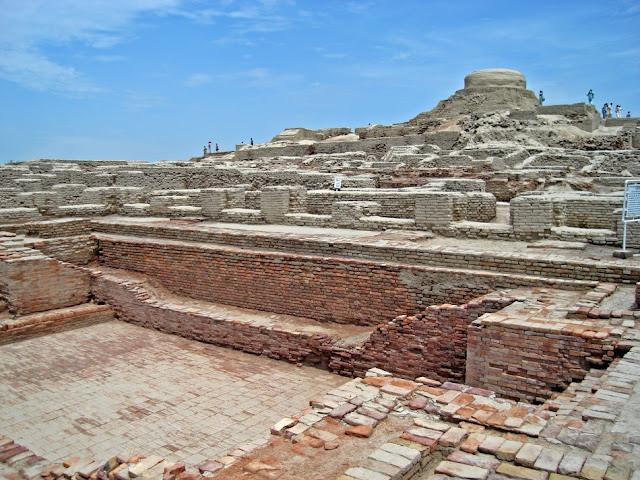America's Top 25 Towns To Live Well
Entrepreneur Joshua Onysko, owner of Pangaea Organics, has two regions to thank for his success.
Rhode Island-born Onysko, 31, learned the agriculture and natural products business during volunteering trips to Nicaragua and India during his 20s.
And when Onysko launched his skin-care line in 2005, he set up shop in Boulder, Colo., despite time spent on the East Coast and in Jackson Hole, Wyo. It was both a personal and business decision. Boulder offers world-class ski slopes and an abundance of parks, as well as a strong venture capital environment, plenty of like-sized start-ups and high-quality talent from local resident University of Colorado.
This month, Onysko hopes to fill three sales and marketing positions, for which he’s received over 300 resumes. Why is he hiring when many other business are contracting? The factors that lured Onysko to the area have helped Pangaea become a company whose annual revenue has grown 229% since 2005, to $7 million, Onysko says. He now boasts sales in 12 countries. The result? Onysko has the means to attract candidates willing to relocate to a desirable place like 90,000-strong Boulder.
“It’s a really easy place to live and work,” he says. “There are a ton of new companies here, and that environment helps you build your business because there are great connections, and it’s easy to get people to move here.”
Features like these helped propel Boulder to the top spot on our list of best towns to live well. Our data comes from ZoomProspector.com, a San Francisco-based consulting firm specializing in corporate relocation. It evaluated areas of the country with less than 100,000 people. Due to differing regional definitions, we used the label “town” for any city, township, borough or Census-designated place with such populations. Characteristics like the number of museums, parks, bars and restaurants, and cultural institutions per capita were considered, as were factors indicative of a favorable business environment. These include patents, venture capital funding, sole-proprietorships, start-ups and small businesses per capita.
By these measures, Doral, Fla., ranks second. Thirteen miles west of downtown Miami, 35,336-population Doral offers mild weather and access to world-class golf courses. It also has one of the nation’s highest concentrations of small businesses per capita, especially surrounding aerospace and logistics. Third-place Fairfax, Va., home to a strong public school system and a high median salary of $86,088, is packed with entrepreneurs–its rate of 0.14 sole proprietors per capita ranks in the top 1% nationwide.
These factors are increasingly important in a recession. When businesses and jobs retract, as they have nationwide, municipalities with strong environments for start-ups, and those that offer attractive amenities, are better suited to recover from economic downtimes, as there are more business activity filling the void. “Many small and medium-sized cities have developed the business, demographic and lifestyle amenities of big cities,” says Anatalio Ubalde, chief executive of ZoomProspector.com. “While smaller cities may not have the total number of quality employees and amenities of larger cities, on a per-capita basis, they are very competitive locations for businesses.”
We also looked at the quality of the labor force, including the percentage of the population, the percentage of foreign-born workers and the percentage of people aged 25-34 with bachelor’s degrees or higher; the latter two were more heavily weighted as indicators of places so desirable that highly skilled workers from all over the world are willing to move there. Other factors considered: median income levels, commuting time, distance to highways and airports, and the share of professional level workers as defined by the Bureau of Labor Statistics.
Not surprisingly, places like Cupertino, Calif., Coral Gables, Fla., Evanston, Ill., and Newton, Mass., with their proximity to critical masses of research universities, perform very well on our list. Those places tend to produce start-ups, develop patents and attract venture capital money.
It also helps to have natural beauty, high salaries and plentiful restaurants and cultural attractions.
Santa Fe, N.M., which has only 67,391 residents, is home to the Georgia O’Keefe Museum and has dozens of quality music venues that are used to host various jazz, rock and classical music festivals. The area is well-known as one of the country’s hottest art markets. These amenities almost certainly play a part in the number of BLS-defined highly skilled workers (19%) and sole proprietors (0.10 per capita) the area attracts, and helps it to No. 24 on our list.
Seventh place Columbia, Md., a 97,506-population town between Washington, D.C., and Baltimore, is packed with restaurants, parks and music venues, and it is zoned against big boxes, making it exceptionally small business friendly.
When you have museums and sunshine, mountains, nice restaurants and a local economy with new companies starting up, it makes an otherwise slow economy far easier to deal with.


Comments
Post a Comment